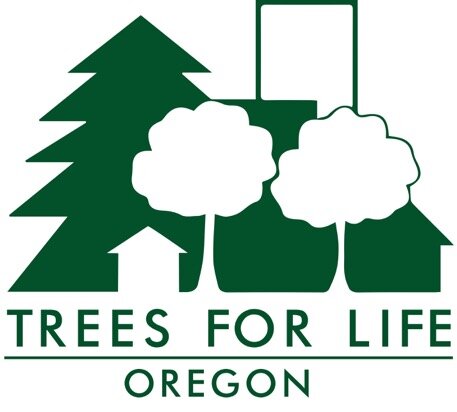A Citywide String of Green Maintained Like the Public Utility It Is
“In the current development market, a parking space has more value than a tree,” writes Houston-based landscape architect Gaylan Williams in an article published earlier this year. He’s writing about trees in southern U.S. cities but might as well be describing Portland. Mature urban trees, he says, are “an endangered species.”
To prepare for the future, he writes, cities need to recognize the much higher human and ecological benefits, relative to small-form trees, that large, mature trees provide when able to reach their full potential. But so many trees that could grow large don’t due to inadequate root space, maintenance, and protections.
“The average length of survival of a new street tree is seven years … these trees do not grow large enough to effectively clean the air or provide enough shade to reduce urban temperatures,” he writes.
In Portland, we face the challenges of street tree maintenance, which, unrealistically, is the responsibility of the adjacent homeowner. As well, street trees have to compete, usually unsuccessfully, with utilities for adequate space in the right-of-way. And developers and residents often plant short-lived small-form trees in spaces that could hold large-form trees. Williams’s answer?
In an article called “Would Our Cities Benefit if the Urban Forest Was Managed Like a Public Utility?” in the July issue of Landscape Architecture Magazine, Williams says, “We’re finding room in the public right-of-way to place all of these utilities. Now we know more about trees…we can actually measure the quality that a tree brings, in terms of shade and heat reduction and carbon sequestration.” If the urban forest was viewed as a public utility, says Williams, it “would be elevated to the level of other basic services and funded and managed appropriately … And it would be incumbent on a city’s public or private tree utility to extend the urban forest—in the form of parks, plazas, or tree-lined streets—to all residents.”
Williams envisions “equating urban forests to electrical systems … a forested park would serve as a substation and canopy covered parkways would serve as mainlines.” This is a concept shared by Trees for Life Oregon. We would like the City of Portland to view its rights-of-way as treeways linking every street and neighborhood to the city’s public parks. Think Frederick Law Olmsted’s emerald necklace, protected and maintained across all of Portland, and our urban forest elevated to the public utility status it should have to meet climate crisis.
